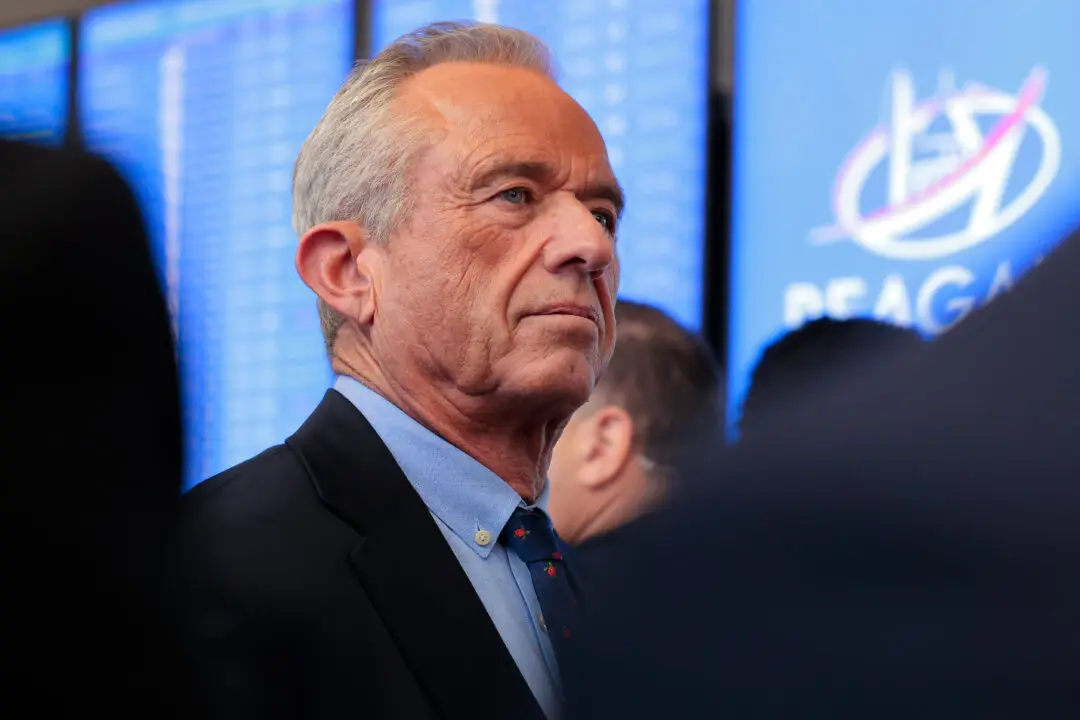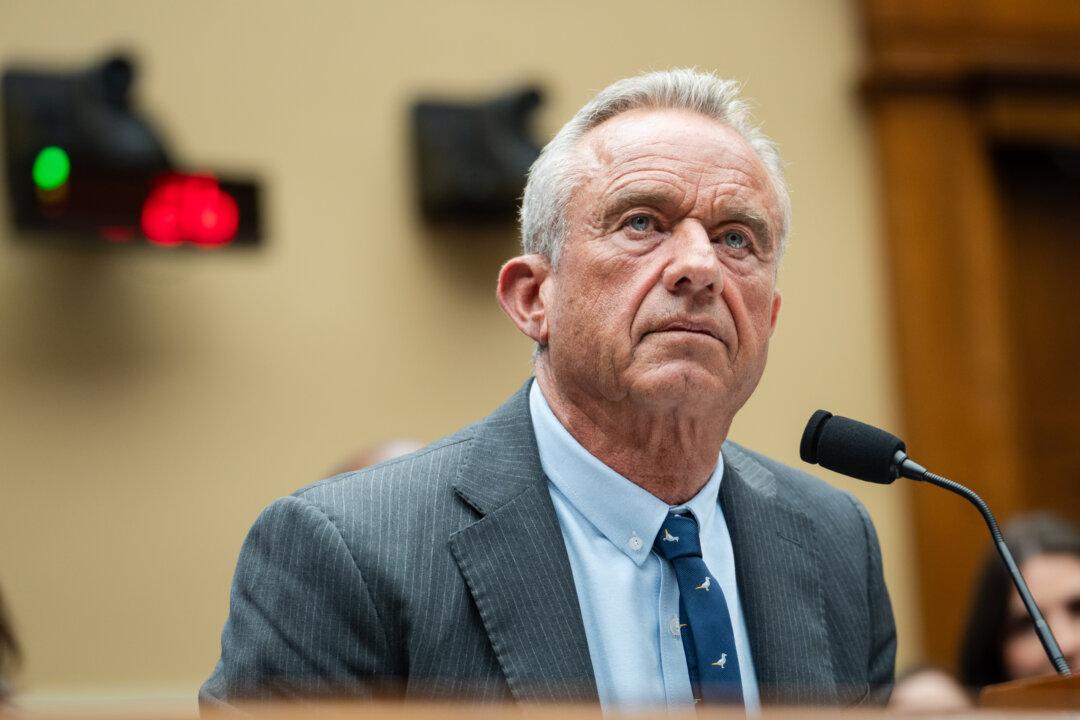Killing Iranian General Qassem Soleimani was an act of self-defense, Secretary of Defense Mark Esper said.
Asked if he was willing to suspend the campaign against ISIS in order to take out Soleimani, Esper told reporters on Monday that there was “an escalation of attacks by Iranian proxy groups, Kataeb Hezbollah being the primary one, attacking our forces.”





